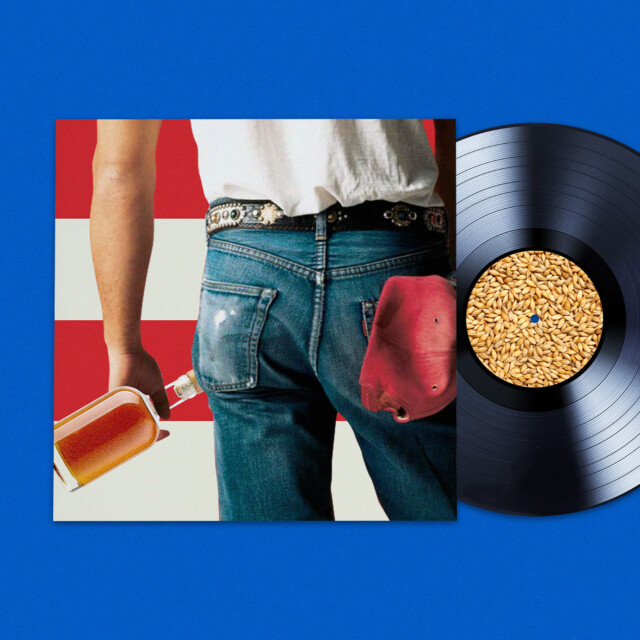Diehard American whiskey fans have been waiting a long time for this day. After years of cooperative work to hash out the details — and patiently navigating the bureaucracy of the American government’s spirits regulations — the single malt distillers of the United States can now bask in the glow of being official official.
Well — just about. After nearly five years of petitioning, the Alcohol and Tobacco Tax and Trade Bureau, otherwise known as the TTB, has published a notice proposing to formalize the standards of identity for American single malt as a distinctive product of the United States. The full notice can be read here.
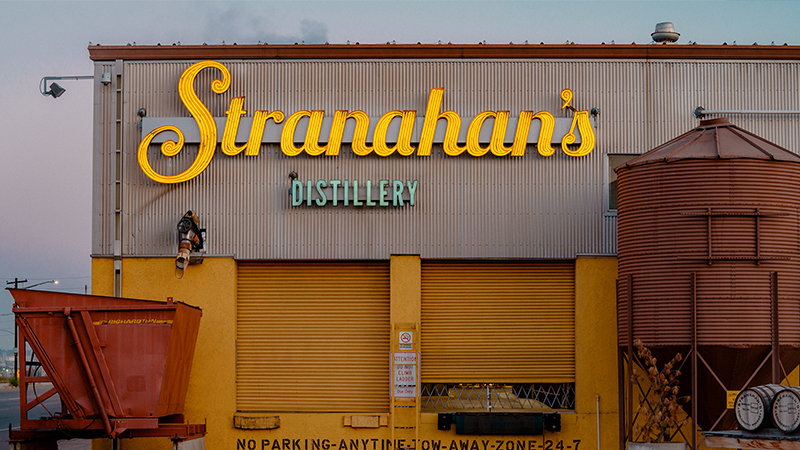
What it means: The new rule, if passed, would place American single malt on a par with bourbon, rye, single malt Scotch, and other types of whiskey that are enshrined in the TTB’s standards of identity. It would afford American single malt legal protections and likely help the budding style to achieve wider recognition.
The TTB’s notice summarizes the efforts undertaken by the American Single Malt Whiskey Commission (ASMWC) and some of its members and supporters over the last few years to push for official recognition for American single malt. It notes the evolution of those requests leading to the current proposal, and invites the public to comment on it. And it lays out exactly what benchmarks an American single malt whiskey would have to meet, namely to be:
- Made from a fermented mash of 100 percent malted barley
- Mashed, distilled, and aged in the United States, and distilled entirely at a single distillery
- Distilled to no higher than 80 percent ABV
- Matured in oak barrels not exceeding 700 liters
- Bottled at a minimum 40 percent ABV
- Allowable coloring, flavoring, and blending materials would be permitted — as they are for non-straight rye, wheat, corn, and malt whiskeys, and blends of straight whiskeys other than bourbon — but neutral spirits would not.
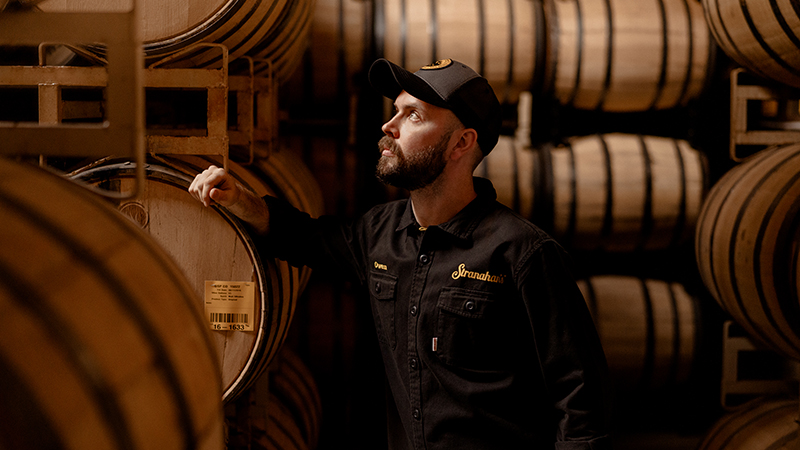
Room for Diversity
American single malt distillers have been diligently working toward this moment, hoping that an official categorization will help them gain appreciation among consumers. “The basic part of it is raising the general awareness and I think this’ll go a long way to doing that,” says Owen Martin, head distiller at Stranahan’s in Colorado, in the lead-up to the TTB’s announcement. “Then you have an American single malt section at your big liquor store” as opposed to sitting awkwardly among the bourbons or, worse, the Scotches.
Martin notes that the proposed definition of American single malt is “broad enough to allow each distiller to express themselves, their creativity, their terroir, what’s local to them, while still being its own category.” He points to the diverse regions of the U.S. and distillers’ creative freedom as a particular advantage. “Look at the range of single malts out of Scotland, where they have incredibly strict definitions on what qualifies to be a single malt, and then think about all the varied climates here compared to there, [plus] different still shapes, different casks — used, new, size being pretty lenient as well. Other than being 100 percent malted barley, they’ve left the door pretty open on all the other variables which I think is the smartest thing they could do,” Martin says.
The guidelines were largely devised by the ASMWC, which formed in 2016 and quickly began advocating for the new whiskey style. Other than a slight tweak or two, the proposed standards of identity have remained consistent since the first draft, according to ASMWC president Steve Hawley.
Parts of the rules hew to other countries’ definitions for single malt whiskey, like the requirement that the whiskey be made from 100 percent malted barley. Other parts share common ground with the official guidelines for bourbon and rye, notably the maximum distillation proof. Aging in oak barrels is de rigueur for nearly every whiskey style in the world, but the stipulation on a maximum barrel size, though found in other countries’ regulations, is a first for American whiskey.
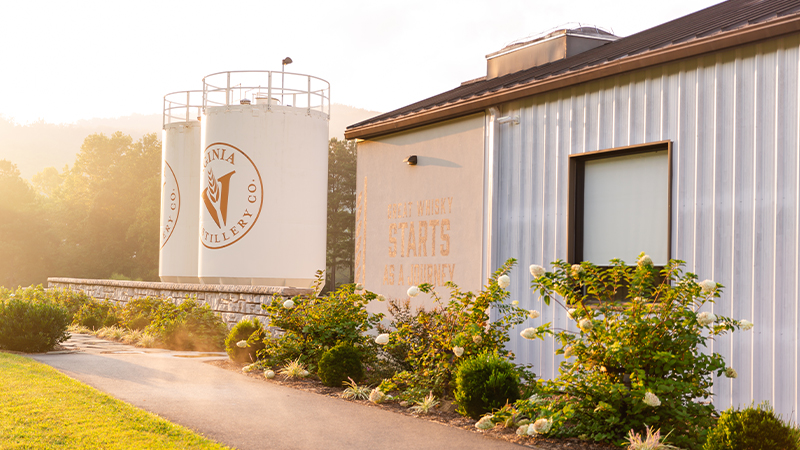
Also noteworthy is the different treatment of distillation and the other main parts of the production process. While the rules require American single malt to be distilled at a single distillery, mashing and fermentation can take place elsewhere. “Allowing for mashing and fermentation at a separate facility is simply an acknowledgement of the way the distilling industry has taken shape in America over the years where many distilleries partner with breweries or other facilities as a core part of their process,” Hawley explains.
Major Milestone
Distillers have reacted to the TTB’s notice with overwhelming enthusiasm. “We’re beyond excited about the impact this recognition could have on our brand, as our distillery is solely focused on producing American single malts,” says Gareth Moore, CEO of Virginia Distillery Co. “We’re anticipating significant growth from both large and small producers within the category, which will fuel innovation and premiumization of domestic products. That growth will only drive us to do more.”
Stephen Paul, co-founder of Whiskey Del Bac, sees the official recognition as validation of his investment in a dream. “We were founded on the notion of making a very regional American single malt from the desert Southwest, which felt very risky and kind of far-fetched at the time,” he says. “Even just the publication of the standards for comment is huge [for us].”
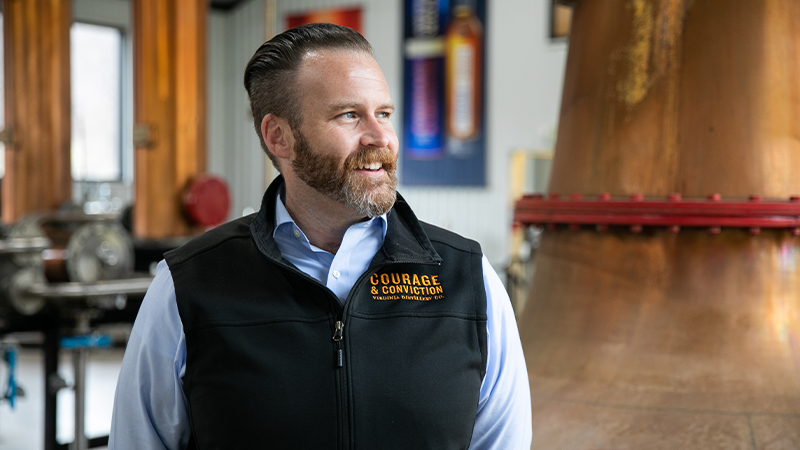
Although it has been in the works for years, the timing of this notice comes at a conspicuous moment for American single malt, as at least one major whiskey distillery is dipping a toe in the style. A few months back, Jack Daniel’s released Triple Mash, a bottled-in-bond whiskey that includes a proportion of single malt whiskey in its blend. At the time, master distiller Chris Fletcher said that the distillery had been making single malt for nearly a decade, and Triple Mash would be only the first taste. There will be a true Jack Daniel’s single malt coming out this October, finished in oloroso sherry casks — and examples from other major distilleries likely won’t be far behind.
These are all exciting developments, especially considering the tiny size of the American single malt category. Assuming the TTB’s notice period passes without incident, the future looks bright. “The innovation and creativity in the American single malt space is so very American — and really is reflective of what’s going on with craft spirits in general,” Paul says. “When our category designation is finally official, we’ll be celebrating in the streets.”
This story is a part of VP Pro, our free platform and newsletter for drinks industry professionals, covering wine, beer, liquor, and beyond. Sign up for VP Pro now!
